Scams are a pervasive global issue, costing billions annually. In 2023, U.S. consumers reported losing $10 billion to fraud, per the FTC, up from $8.8 billion in 2022. Investment scams led with $4.6 billion lost, followed by impostor scams at $2.7 billion. Email overtook phone calls as the top scam method, while social media scams caused $1.4 billion in losses. The FBI noted 880,418 cybercrime complaints in 2023, with losses reaching $12.5 billion. Seniors over 60 lost $3.4 billion, often to tech support and investment fraud. These figures highlight the urgent need for awareness.
- In 2023, investment scams topped U.S. losses at $4.6 billion, per the FTC, driven by promises of high returns.
- Impostor scams followed, costing $2.7 billion, with scammers posing as officials or loved ones.
- Social media scams surged, causing $1.4 billion in losses, fueled by fake ads and phishing.
- These figures show scammers target greed and trust, adapting tactics to exploit new platforms. Awareness of these prevalent scams can help you spot red flags early.
Seniors over 60 lost $3.4 billion in 2023, often to tech support and investment fraud, per the FTC. The FBI reported 880,418 cybercrime complaints, with total losses hitting $12.5 billion. Email overtook phone calls as the leading scam method, reflecting a shift to digital tactics. These stats reveal how scammers prey on vulnerable groups and evolve with technology. Staying informed about trends and protecting at-risk loved ones is key to reducing losses.
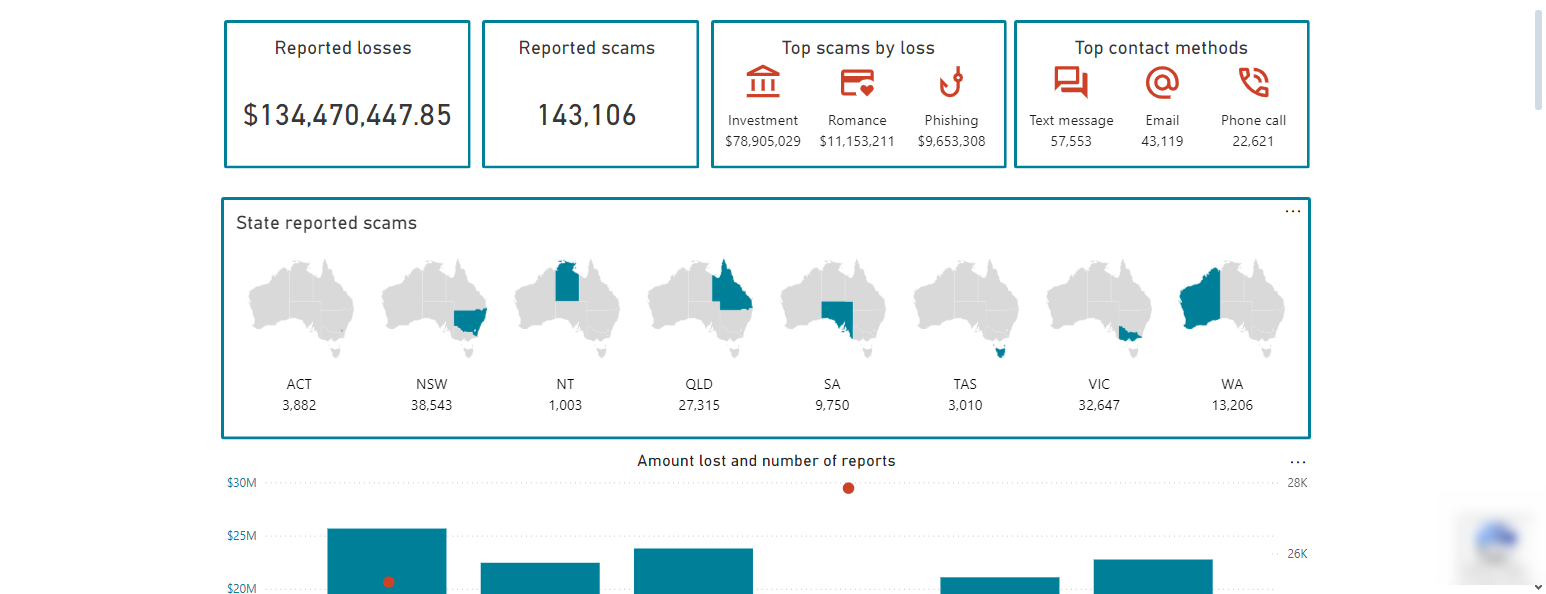
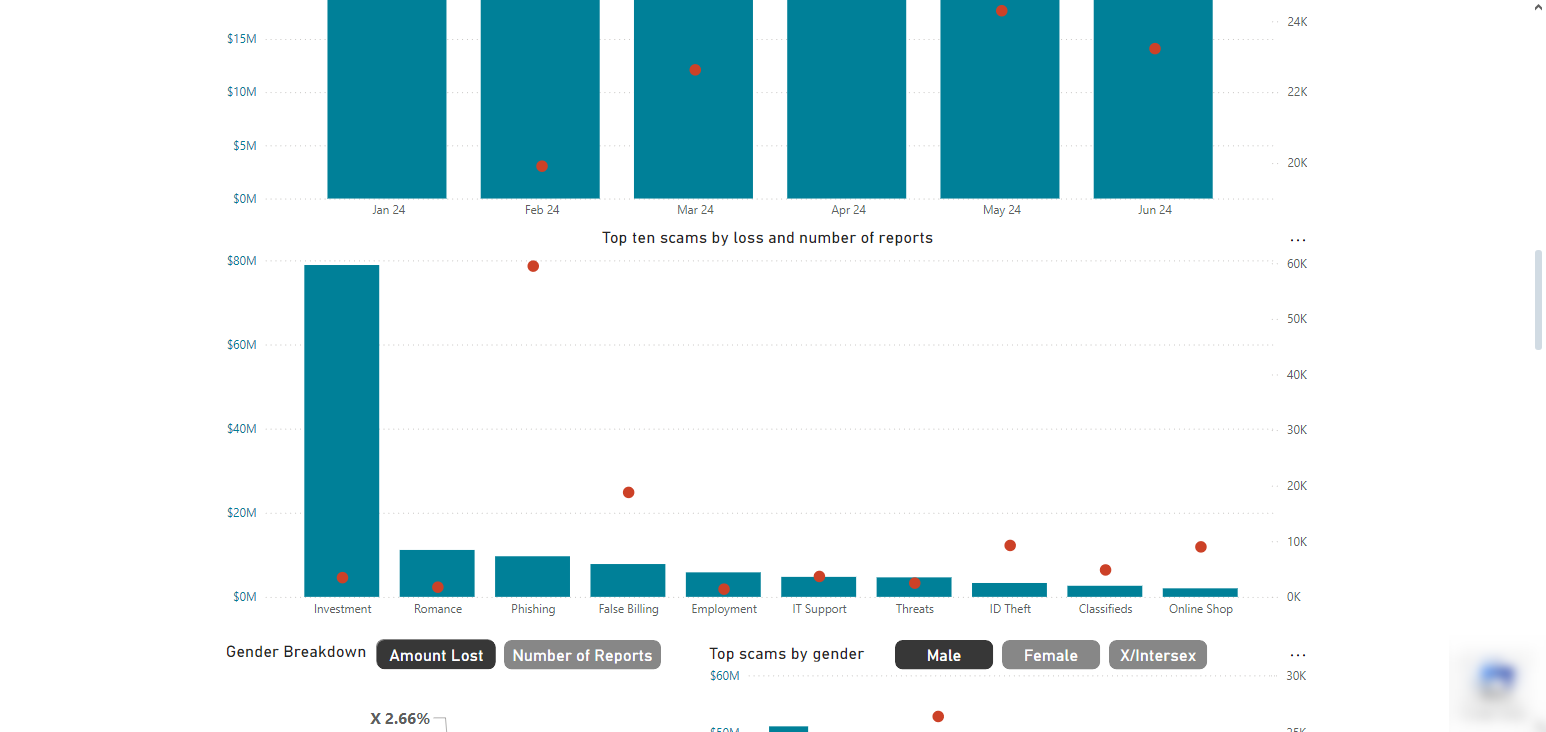
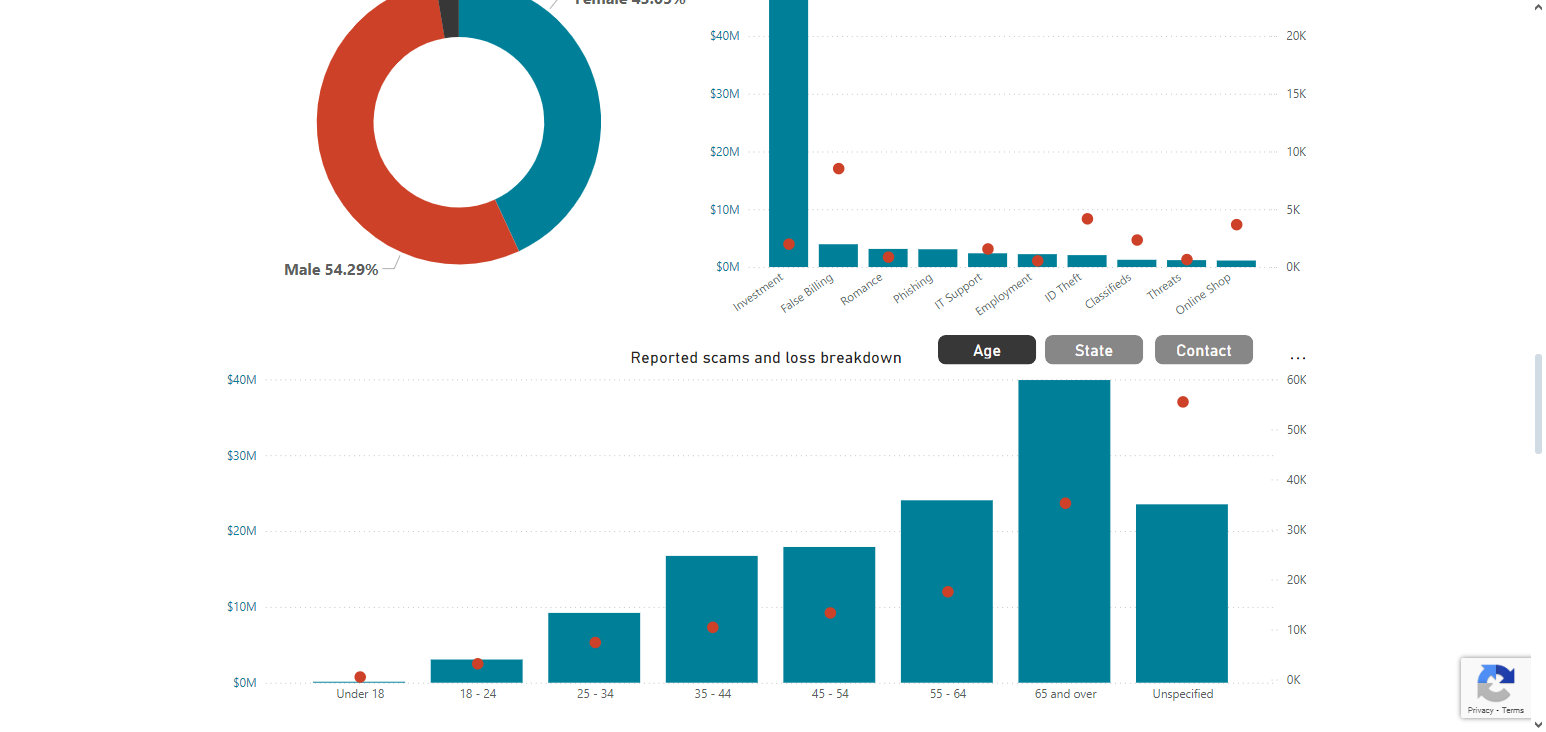
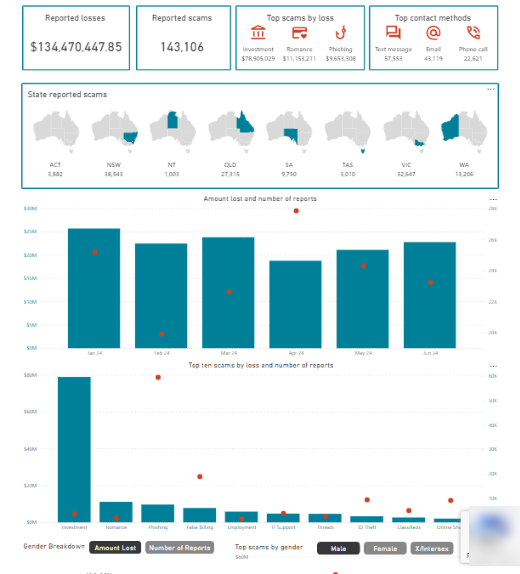
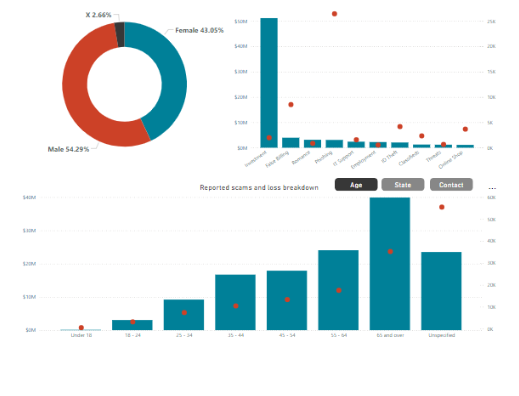
This data is based on reports provided to the ACCC by web form and over the phone.
The data is published on a monthly basis. Our quality assurance processes may mean the data changes from time to time.
Some upper level categories include scam reports classified under ‘Other’ or reports without a lower level classification due to insufficient detail provided. Consequently, upper level data is not an aggregation of lower level scam categories.